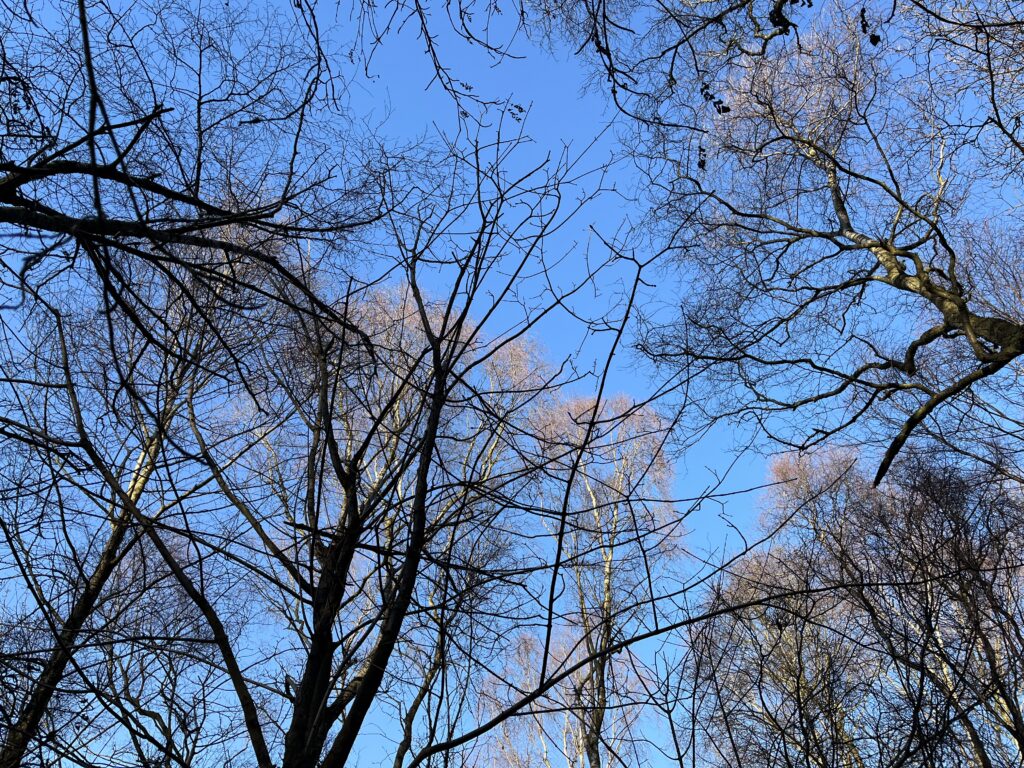Beneath every ancient woodland is a living infrastructure of fungi that nourishes trees, stabilises soils and mediates carbon. Much of this world is unmapped, unnamed and unprotected. Here is what the latest science shows, why it matters, and how EcoSentience is responding.
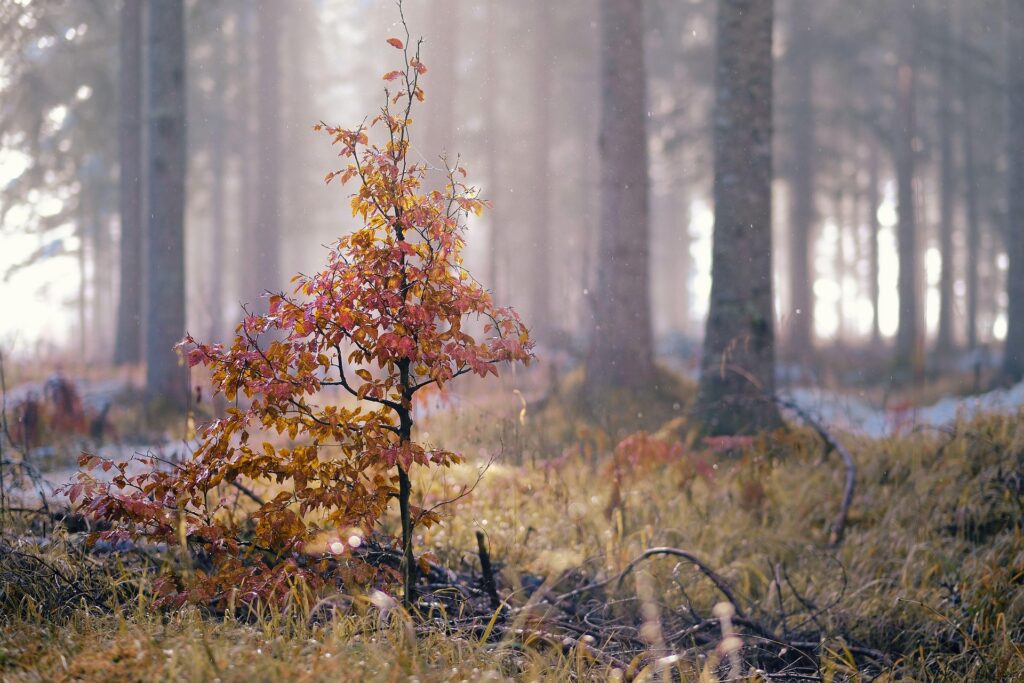
Why fungi under ancient woodland matter
Mycorrhizal fungi form symbioses with most land plants, moving water and nutrients to roots in exchange for carbon. They build dense hyphal networks that can comprise a large share of living soil biomass and underpin forest function. (Nature)
Ancient woodland in the UK is defined as land continuously wooded since at least 1600 in England, Wales and Northern Ireland, or 1750 in Scotland. It is rare and irreplaceable, supporting specialist plant and fungal communities. (GOV.UK)
Forest canopies buffer extremes of heat and cold, creating microclimates that shape below‑ground communities and regeneration. This buffering is strongest in intact, structurally diverse stands. (PubMed)
The protection gap
- A 25,000‑site global analysis using over 2.8 billion fungal DNA sequences shows that fewer than 10 percent of predicted mycorrhizal fungal richness hotspots fall within protected areas. Conservation planning has largely missed the underground half of forests. Published 23‑07‑2025. (Nature)
- The IUCN reports that fungi are increasingly assessed yet remain highly threatened, with more than 1,000 species now on the Red List and many at risk from habitat loss, pollution and climate change. 27‑03‑2025. (IUCN)
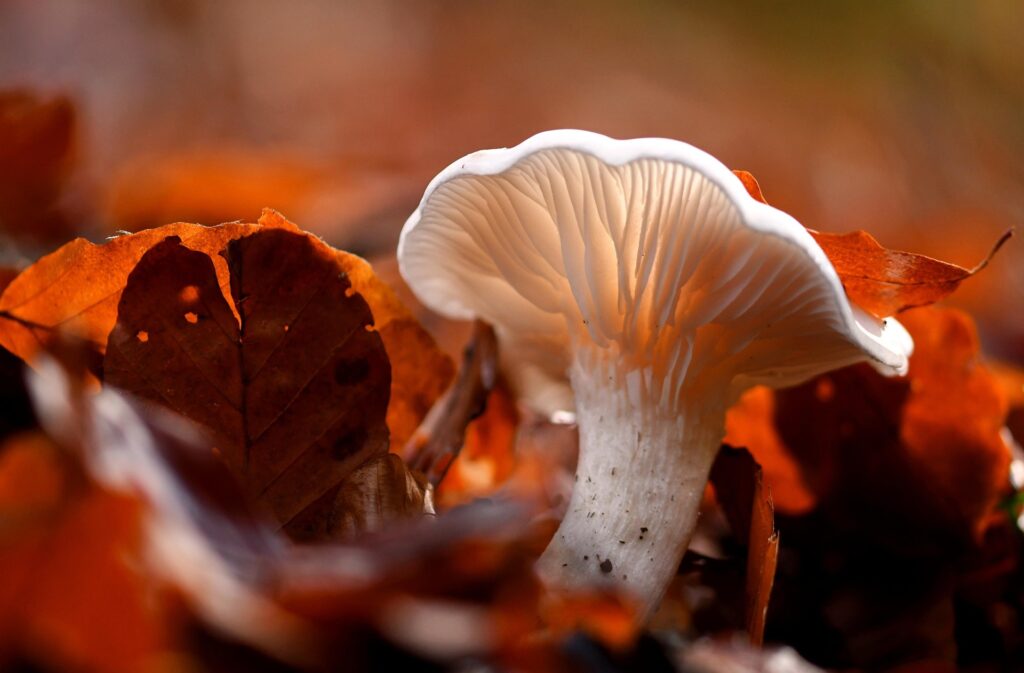
The naming blind spot: dark taxa
- A Current Biology review (09‑06‑2025) finds that 79‑83 percent of ectomycorrhizal fungal OTUs detected in global soil metabarcoding lack species‑level names. Without names, they are largely invisible to laws and management plans. (PubMed)
- Priority “darkspots” for discovery and description cluster in tropical and under‑sampled regions, but gaps also exist in temperate forests. This strengthens the case for systematic eDNA surveys and voucher‑backed taxonomy. (PubMed)
Climate link: a major carbon flow underfoot
- A synthesis in Current Biology estimates that plants allocate approximately 13.0 Gt CO₂‑equivalent per year to mycorrhizal fungi worldwide, roughly one‑third of annual fossil fuel emissions. Not all of this becomes long‑term storage, but it is a substantial, overlooked flux in the carbon cycle. 05‑06‑2023. (Cell)
- Emerging work shows how mycorrhizal type and distribution shape forest composition and diversity across climate gradients, reinforcing that below‑ground relations help determine what we see above ground. 25‑06‑2025. (Purdue Agriculture)
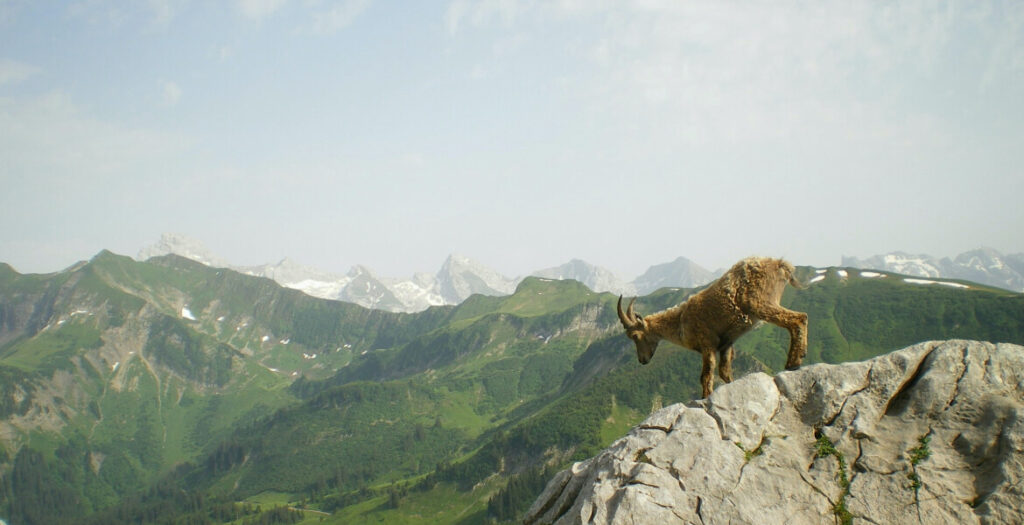
Pressures that erode fungal integrity
- Chronic nitrogen deposition alters mycorrhizal communities and often reduces biomass or diversity, weakening mutualisms and changing soil chemistry. Effects vary by biome and mycorrhizal guild, but the overall risk signal is clear. (US Forest Service)
- Habitat fragmentation, soil disturbance and loss of host trees break network connectivity. New global hotspot maps highlight large areas where underground diversity is high yet safeguards are minimal. (Nature)
Evidence to action: what EcoSentience is doing
- Soil eDNA baselining – We are preparing an eDNA metabarcoding pilot for ancient woodland soils and roots to detect both described and undescribed fungi, establish a defensible baseline and track change. eDNA is now a mature, non‑invasive method for monitoring soil biodiversity at scale. (ScienceDirect)
- Microclimate sensing – Low‑impact sensors will record temperature, humidity and light in vertical profiles to couple fungal signals with the microclimate context known to buffer biodiversity. (PubMed)
- Ethical AI, open data – We will apply interpretable analytics, share methods and metadata, and avoid over‑claiming. Where DNA matches are uncertain, we will label them as such and prioritise voucher‑backed confirmation.
- Policy‑ready outputs – We will map local fungal richness against statutory designations and management plans to support protection and restoration proposals, aligning with the new global hotspot maps. (Nature)
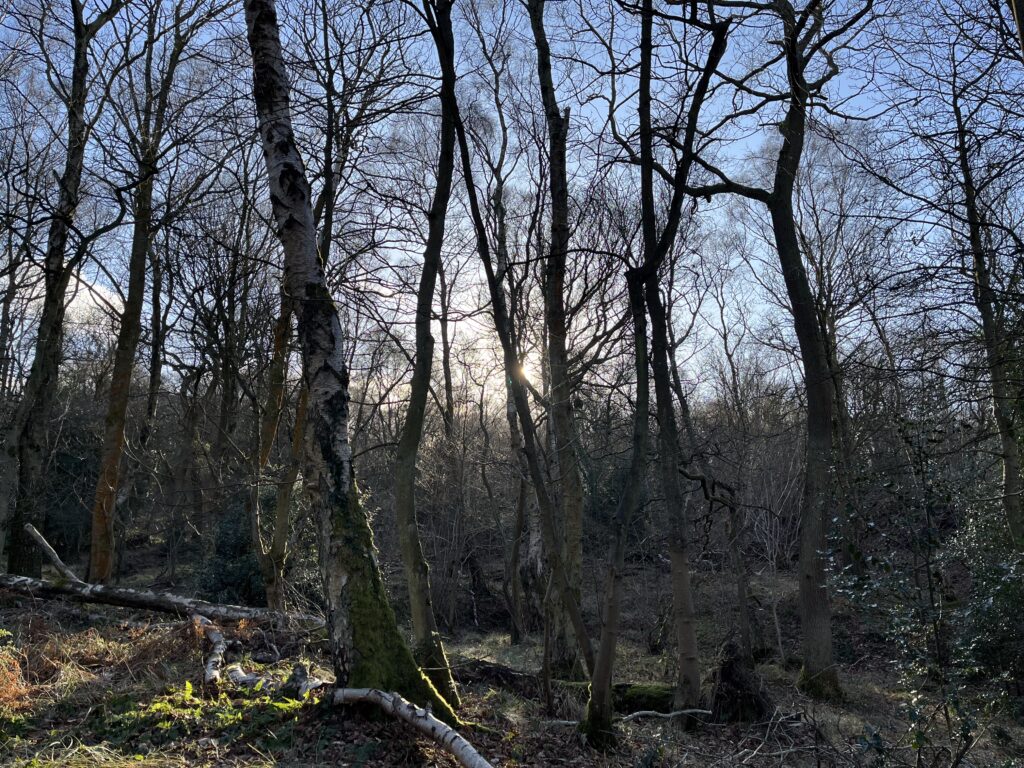
What the wider evidence says for restoration
- Restoration outcomes improve when seedlings rapidly connect to compatible mycorrhizal communities, whether via natural colonisation or careful inoculation. Drought resilience and survival benefits are increasingly documented, though context matters and inocula must be ecologically appropriate. (PMC)
- Field trials and meta‑analyses indicate that reintroducing native soil biota can boost establishment, but results vary with site history, host identity and stressors. Best practice is to use local or provenance‑appropriate sources and to monitor both plants and soil communities. (Conservation Biology)
Key numbers at a glance
Measure | Latest evidence | Date |
Share of mycorrhizal fungal hotspots inside protected areas | Less than 10 percent | 23‑07‑2025 (Nature) |
Ectomycorrhizal “dark taxa” share | 79‑83 percent of OTUs | 09‑06‑2025 (PubMed) |
Carbon transferred from plants to mycorrhizal fungi each year | ~13 Gt CO₂‑e | 05‑06‑2023 (Cell) |
UK ancient woodland definition | Continuously wooded since 1600 (1750 in Scotland) | Guidance current (GOV.UK) |
What you can do
- Managers and planners – Include fungal richness and microclimate metrics in woodland plans and environmental impact assessments.
- Researchers and citizen scientists – Support voucher‑backed surveys and eDNA sampling to reduce dark taxa and improve reference databases.
- Communities and funders – Back monitoring in ancient woodlands and corridors that reconnect fungal networks across fragmented landscapes.
These steps honour woodland integrity while improving the quality of decisions that affect people and places.

References
- Van Nuland, M. E. et al. Global hotspots of mycorrhizal fungal richness are poorly protected. Nature 645, 414‑422. Published 23‑07‑2025. (Nature)
- van Galen, L. G. et al. The biogeography and conservation of Earth’s “dark” ectomycorrhizal fungi. Current Biology 35, R563‑R574. Published 09‑06‑2025. (PubMed)
- Hawkins, H.‑J. et al. Mycorrhizal mycelium as a global carbon pool. Current Biology. Published 05‑06‑2023. (Cell)
- Purdue University. Soil‑dwelling fungi affect global tree species. News release, 25‑06‑2025. (Purdue Agriculture)
- Lilleskov, E. A. et al. Atmospheric nitrogen deposition impacts on the structure and function of forest mycorrhizal communities. Environmental Pollution, 2019, with 2024 update. (US Forest Service)
- HM Government. Ancient woodland, ancient trees and veteran trees: planning guidance. Accessed 22‑09‑2025. (GOV.UK)
- De Frenne, P. et al. Global buffering of temperatures under forest canopies. Nature Ecology & Evolution. 2019. (PubMed)
- Russell, M. et al. Common mycorrhizal networks improve survival and drought resilience in seedlings. 2025. (PMC)
Duell, E. B. et al. Inoculation with native soils improves restoration outcomes. Ecological Restoration, 2022. (Conservation Biology)
